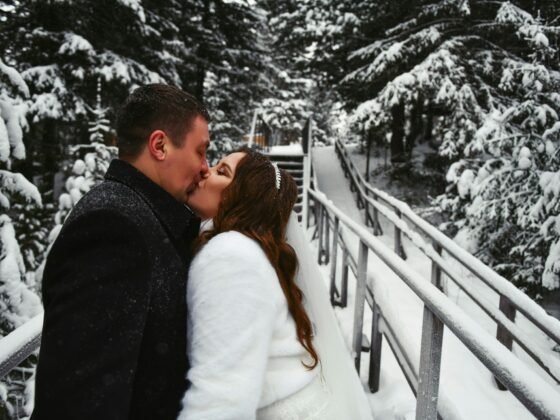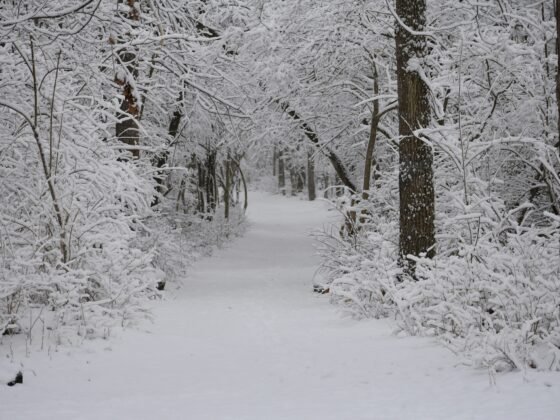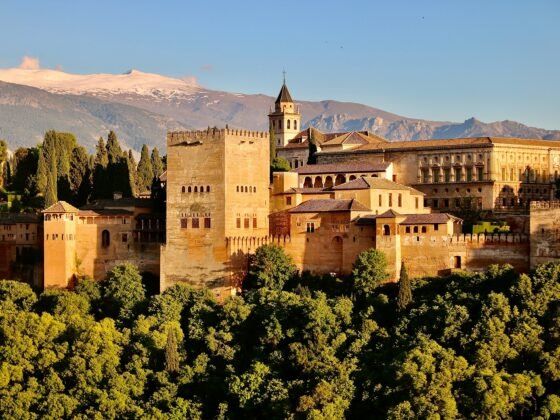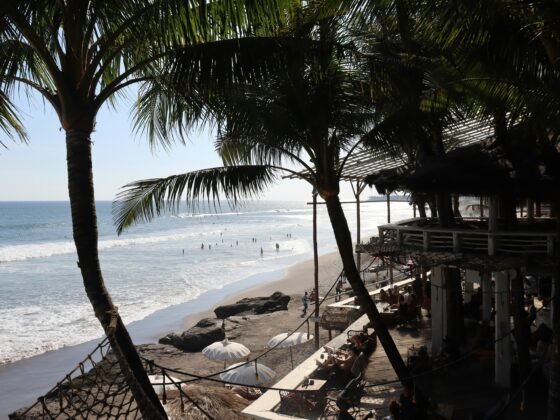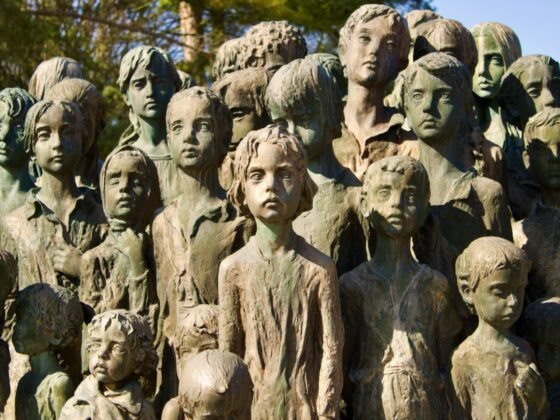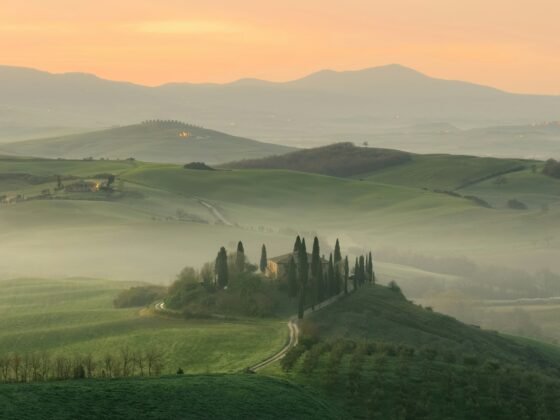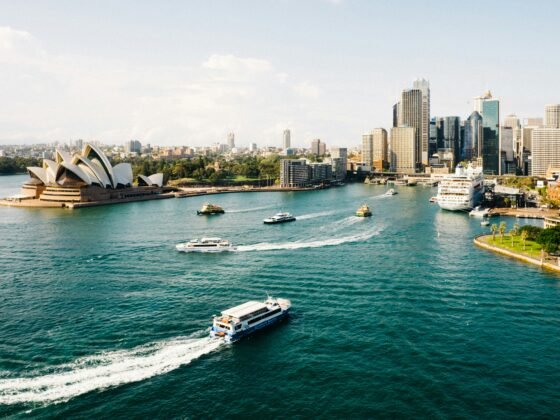Historic Salvador de Bahia was Brazil’s first urban center, founded in 1549 by the Portuguese, the city became home to African, European, Native-Indian and South American settlers, which today results in a gloriously diverse heritage, evident in the architecture, music, food and of course (this being Brazil) carnivals! These are our top ten cultural things to do in Salvador.
Explore Salvador’s Historic Center – Brazil boasts 19 UNESCO World Heritage Sites including the collective buildings of the heritage-laden center – and let’s be clear – the faded pastel structures set along quaint cobbled lanes are eye-wateringly impressive! Founded on 29 March 1549, Salvador reigned supreme as Brazil’s first settlement, where European, African and Amerindian influences shaped the area between the 16th and 18th centuries. The highlight is undoubtedly the opulent Renaissance style buildings, which sit alongside the brightly stuccoed residences within the central Pelourinho quarter.
Take a moment at the Sao Francisco Church and Covent – The magnificent Igreja e Convento São Francisco is one of the most opulent in all of Brazil – where decadent chandeliers balance over real gold sculptures. Head outside to the convents hidden courtyard garden which is lined with traditional Portuguese tiles, known as ‘azulejos’, this church is also in the running for one of the 7 Wonders of Brazil.
Hang out at the Terreiro de Jesus – Get a fascinating glimpse of everyday life in the very heart of the city, where two squares converge; Praça da Sé and Terreiro de Jesus is where locals come to shop and socialise. The heritage-infused squares are connected by the imposing cathedral; Praça da Sé is best known for its cool fountains, whilst Terreiro de Jesus is laden with food carts and market stalls. Pick up some local handicrafts here including items crafted from leather, beads, wood, clay, straw and seashells.
Learn the Capoeira – Part martial arts and part dance, mastering the capoeira is an essential part of a young man’s life in Salvador. Afro-Brazilian in origin the moves are all the more enigmatic following the country-wide ban from 1892 to 1937. Check out on of the local schools to get to grips with this ancient practice.
Admire the Palácio Rio Branco – Salvador’s City Square is home to the imposing (in a good way) Palácio Rio Branco, aka Old Palace of the State Government. One of the oldest palaces in Brazil, this glorious structure really stands out in a city packed with more than its fair share of Baroque palaces. The Archiepiscopal Palace, Saldanha Palace and Ferrão Palace all jostle for attention, yet somehow the Rio Branco reigns supreme. Built in the mid-16th century by Tomé de Sousa, Brazil’s very first governor-general, the Portuguese colonial façade hid a prison and barracks in days gone by.
Discover Salvador’s Literary Legacy – Shaped by the various ethnic groups within Salvador, the local literature has been popular within the Americas for centuries. The fist influential writer was the Baroque poet Gregório de Mattos and after Brazilian Independence in 1822, other well-known writers came to the fore including Castro Alves, Ruy Barbosa and Jorge Amado. Learn more at the local museums and back-lane bookstores.
Uncover the local museums and art galleries – Salvador is pretty hot on public art, seemingly with every other street lined with vibrant murals and thought provoking sculptures. Indeed, local man Bel Borba (who is a bit like the UK’s Banksy) works can be spotted right across the city.
There are also a wealth of fascinating museums and art galleries dotted throughout the colourful streets, spanning everything from historic art, local Bahian works, contemporary art and naval history. And it’s the intriguing nautical museum, aka the Museu Náutico da Bahia, which we start with. The exhibits tell of Portuguese seafaring from the time of the colonial rule and the slave trade is also covered. Explore the exhibits within the Museu de Arte Moderna which is housed within the 18th century Solar do Unhão building on Salvador’s Av do Contorno. Expect fabulous modern art via temporary exhibitions and come the weekend, the museum hosts Bossa nova performances. The Museu da Cidade is home to the personal belongings of local poet-turned-protester Castro Alves, who penned ‘Návio Negreiro’ (Slave Ship).
Admire the Fonte Nova stadium – If you’re eagerly anticipating the FIFA World Cup 2014 (and quite frankly, who isn’t) stop by the awe-inspiring Fonte Nova Stadium which has just been completely rebuilt. German architects won the right to build the 55,000 seater stadium which hosted the 2013 FIFA Confederations Cup and will host key matches in the 2014 FIFA World Cup – starting with Spain v Netherlands on 13 June 2014.
Sample the local cuisine – I firmly believe in sampling the local cuisine to really get a feel for a place, and that edict is no different in Salvador de Bahia. As you’d expect give the local heritage, the local cuisine is based around spices and freshly caught seafood. Dishes are heavy on coconut juice, sugar cane and palm oil. Try the traditional Portuguese Stew, Mocotó (cow’s feet) and Acarajé (deep fried peas). You’ll also find jerk beef, black-eyes peas and Haussá Rice here. Of course, like much of the rest of world, restaurants serving up international fare are fairly easy to come by.
Experience Salvador’s Carnival – Billing itself as the ‘the biggest Carnival in the world’, Salvador’s riot of colour and frenzied dancing lasts for an impressive full-on week. More than two million locals and tourists come to shake their thing nightly from 5pm to 5am, fuelled by lashings of rum and hedonistic beats. Camp out at either Barra/Ondina or Campo Grande/Avenidato watch the lively processions which depart every 20 minutes. Gawp as the crowd appear to move like pipoca, aka popcorn – if you’ve every cooked up a batch in a glass pan, you’ll know what we mean. At times it feels like every resident of Brazil’s third biggest city is on the street! No wonder Salvador is dubbed the ‘Brazil’s capital of happiness’!
Map Credit: Wikitravel
Image credit; 1; Fernando Hidalgo Molina CC-A-2.0, 3; ME/ Portal da Copa/ Março de 2013 CC-A-3.0



